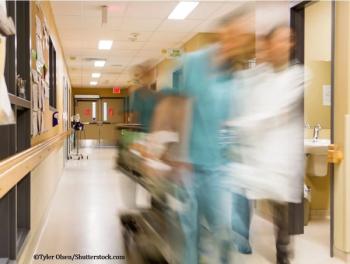
Imagine working with a young patient showing signs of psychosis for the past 6 weeks. Your initial assessment appears to rule out medical- or substance-induced etiologies, yet symptoms persist. What's a psychiatrist to do?

Imagine working with a young patient showing signs of psychosis for the past 6 weeks. Your initial assessment appears to rule out medical- or substance-induced etiologies, yet symptoms persist. What's a psychiatrist to do?
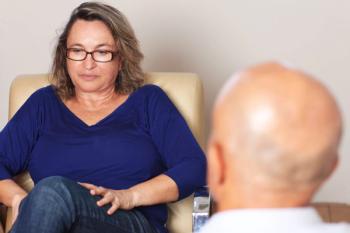
When concern for a patient is not so severe that a clinician feels compelled to call the police, there are options.
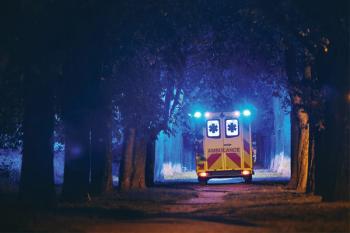
As a discipline, emergency psychiatry has widened its role, especially following the enormous mental health fallout from the pandemic and the shift of police and first-responder interventions.

Nicole Hockley, co-founder and managing director of Sandy Hook Promise, talks about the mental health strain COVID-19 has placed on youth.
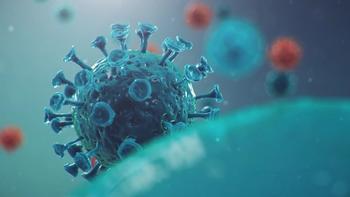
New data out of Maryland includes some surprising numbers.

The period following arrest can be particularly dangerous, both in custody and in the community.
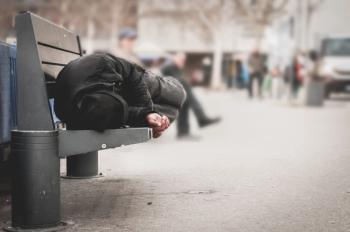
An innovative program sends mental health first responders out onto the streets.

What makes your patient feel good and what breaks them apart?
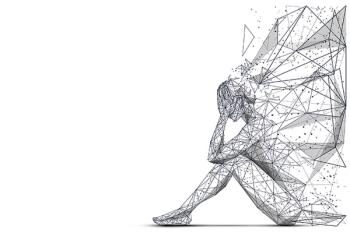
As typically happens in the aftermath of suicide—years or even decades later—we wonder what we could have said or should have seen.

Suicide attempts among pregnant or postpartum mothers have nearly tripled over the past decade.

A well-meaning mental health initiative may be setting unrealistic expectations.
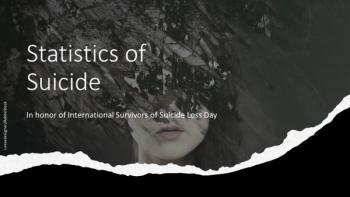
Here are some statistics around suicide to help put things in perspective.

According to the National Veteran's Suicide Prevention Annual report of 2019, veterans are 1.5 times more likely to attempt suicide than non-veteran adults. Mental health professionals are uniquely positioned to help advocate for these individuals.
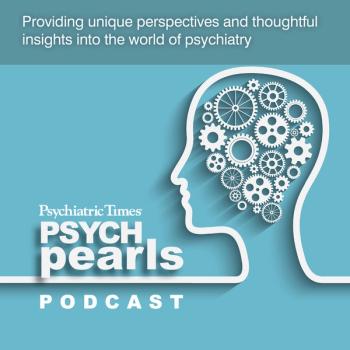
The unique opportunities for clinicians in identifying risk and preventing suicide are discussed in this podcast.

Suicide is the third leading cause of death in people aged 15-24. Review how you can assess adolescents for suicidal ideation.

Issues of well-being, especially during a disaster or pandemic, are not going to disappear. Dr Cross Hansel talks suicide prevention week and how to get patients back to their pre-pandemic mental health state.

Dr Ghani talks on caring for teens and young adults with suicidal ideation, especially in this time of increased stressors.

Dr Sanacora discusses the new indication for esketamine, SPRAVATO®, and how it might be used to treat patients with Major Depressive Disorder with acute risk of suicide ideation.

Financial distress in patients with ADHD greatly increases risk of suicide. Read more.

Psychiatric leadership is essential to the success of efforts toward mitigating suicide risk. That said, can suicide be prevented? Take the quiz and learn more.

In this video, Jamie Tworkowski, founder of a suicide awareness organization, shares the story of the charity's surprising start.

Inevitably, some of your patients will need of emergency psychiatric services. These tips will help prepare you and your patients when a crisis unfolds.

The authors share evidence-based guidance for patient safety that minimizes suicide risk in medical settings.

Suicide risk screening is especially challenging. Although data are not yet available to ascertain how COVID-19 will affect the suicide rate, the 3-tiered clinical pathway has been revised to accommodate mostly telehealth screening.

Even though firearms are only used in 5% to 6% of attempts, they are responsible for half of all suicide deaths and are by far the most common method of suicide. In turn, suicide is by far the most common manner of gun death in the US, far outpacing homicides and accidents. Paul Nestadt, MD, a psychiatrist and epidemiologist at the Johns Hopkins School of Medicine, discusses suicide.